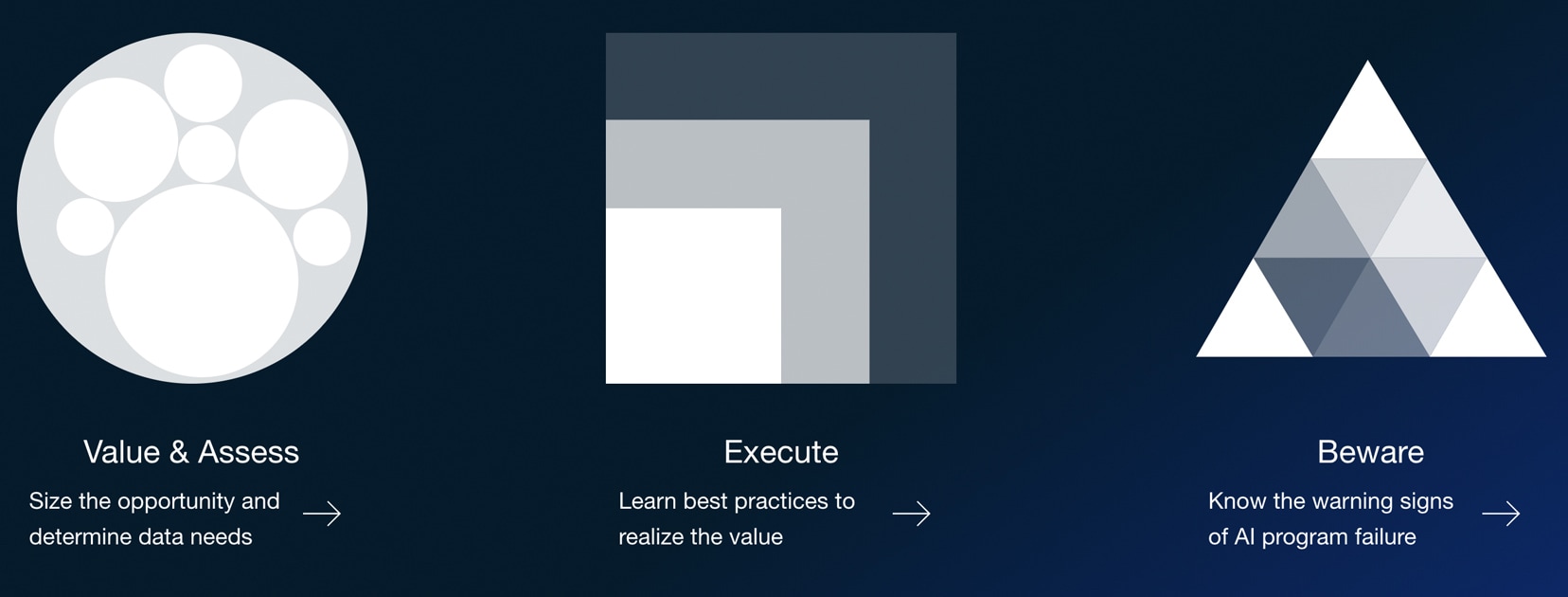| A curated business roundup |
 |
November 30, 2018 |
|
 |
| Weekly need-to-know content |
|
|
|
|
| Welcome to the Shortlist: new ideas on timely topics, plus a few insights into our people. Subscribe to get it in your inbox on Fridays. Scroll down to read about Africa’s Business Revolution, a new book by McKinsey experts who want to change perceptions about the continent’s potential. |
|
|
|
| If you don’t think infrastructure is a potent way to change and shape lives, think again. How do you get to work, travel, and communicate? What powers your home and business? |
| Infrastructure decisions made today could help drive global growth for decades. That’s why Argentina has chosen infrastructure investment as a priority topic this year for the Group of 20, which is meeting in Buenos Aires this week. |
| Almost 14 percent of global GDP is spent on infrastructure and real estate, but despite pockets of progress, countries are still not investing enough. Up to 40 percent of global infrastructure and capital-project investment is poorly spent because of bottlenecks, lack of innovation, and market failures, McKinsey’s research suggests. |
| In Latin America, for example, the 198 largest cities—those of 200,000 or more people—are set to generate 65 percent of the region’s GDP growth. But many urban areas offer too little housing and much of the other infrastructure is poorly designed. The result: miles of slum dwellings, gridlocked roads, and deepening citizen dissatisfaction. |
| City planners need to make sure infrastructure projects are smart. That means embracing technology when planning and operating infrastructure systems. “Smartness” is not just about installing digital interfaces in traditional infrastructure or streamlining city operations. It’s also about using technology and data purposefully to make better decisions and deliver a better quality of life. |
| Infrastructure investment once locked cities into capital-intensive and extremely long-term plans. Now, they can combine traditional construction techniques and smart solutions to respond more dynamically to changing demands. If population growth surges in a far-flung neighborhood, setting up a privately operated on-demand minibus service could happen much faster than the many years it would take to add a new subway or public bus line. |
| In fact, public–private collaborations can transform urban mobility. New mobility services are giving cities additional options to augment or support public transit, in turn making urban transportation more accessible, affordable, and efficient. City government does not have to be the sole funder of such projects, with some initial investments coming from private actors. |
| Many countries are trying to do just that. In the United Kingdom, for example, the Infrastructure and Projects Authority has embarked on a ten-year project to improve the delivery of economic and social infrastructure. The plan defines how the government will work with the construction industry to design, build, and operate transportation, energy networks, schools, prisons, hospitals, and other public works. |
| Our report, Bridging global infrastructure gaps, examines how public- and private-sector players can ramp up spending while also making better use of investment. Improving productivity in the construction sector alone could unleash an additional $1.6 trillion in value. |
|
|
| OFF THE CHARTS |
| Deploying AI is all about quality, not quantity |
| Across industries, artificial intelligence has the potential to create up to $15 trillion in value each year. But how to unlock this value? Check out our executive’s AI playbook (static version of the interactive below) to finally break out of pilot purgatory and strategically apply advanced analytics throughout your business.
|
 |
|
|
| MORE ON MCKINSEY.COM |
| The pursuit of ‘portfolio alpha’ | Private-equity firms are expanding operating groups to support their investment strategies and create alpha in their portfolios. But there is significant variance in the size and composition of this function across firms, indicating the industry has yet to adopt a standard approach. |
| Big (genetic) data | As the global market for personalized medicine grows, the wealth of data that diagnostic tests generate has become a way to drive businesses’ value and strategy. |
| What does Brazil’s ‘True Gen’ want? | A recent survey shows how companies can reach the country’s youngest consumers, a hypercognitive generation that is comfortable integrating virtual and offline experiences. |
|
|
 |
| WHAT WE’RE READING | Redraw your mental map about Africa |
| Africa boasts more fast-growing economies than any other region, a robust and tech-savvy consumer class, and hundreds of successful large companies. Yet, the instinct of most businesspeople is to underestimate Africa’s size and potential as a market and to overestimate the challenges of doing business there. That has created a mismatch between global perception and on-the-ground reality. |
| Acha Leke, chairman of McKinsey’s Africa offices, Mutsa Chironga, an executive at Nedbank and an alumnus of the Johannesburg office, and Georges Desvaux, a senior partner in Hong Kong, really wanted global business leaders to see that they run the risk of missing out on one of the 21st century’s great growth opportunities. |
| So they wrote a book: Africa’s Business Revolution: How to Succeed in the World’s Next Big Growth Market. It presents a strategic guide to business in Africa based on interviews with 40 of the continent’s most prominent executives and development leaders, case studies of thriving companies in sectors ranging from banking to technology to manufacturing, and proprietary McKinsey research. |
|
|
| BACKTALK |
| Have feedback or ideas? We want to hear from you. |
|
|
|
|


| |